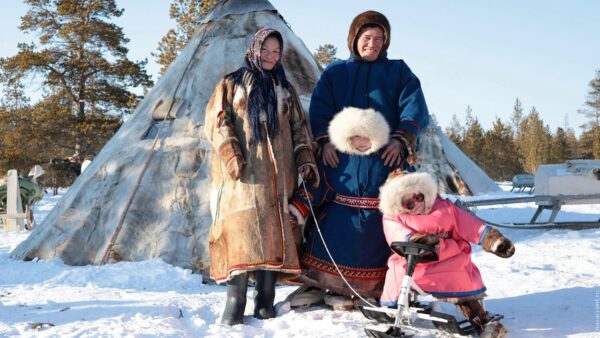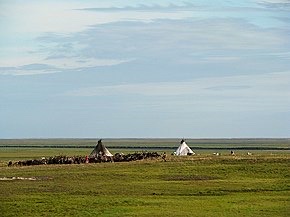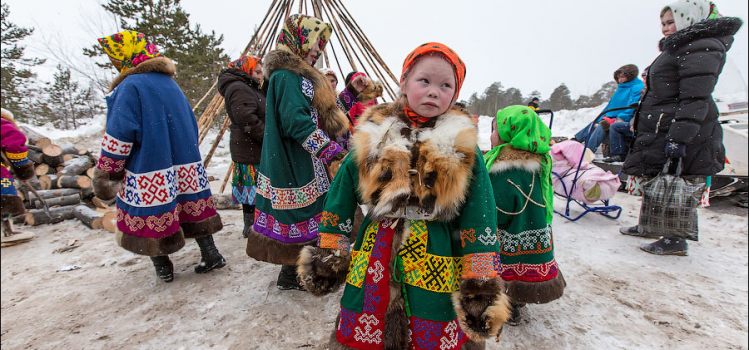
Khanty
Names
The Khanty call themselves ‘khanty’, also ‘kantyk’; the Russian ethnonym ‘ostyak’ may be derived from the Khanty-language ‘as-yah’ (people of the Ob).
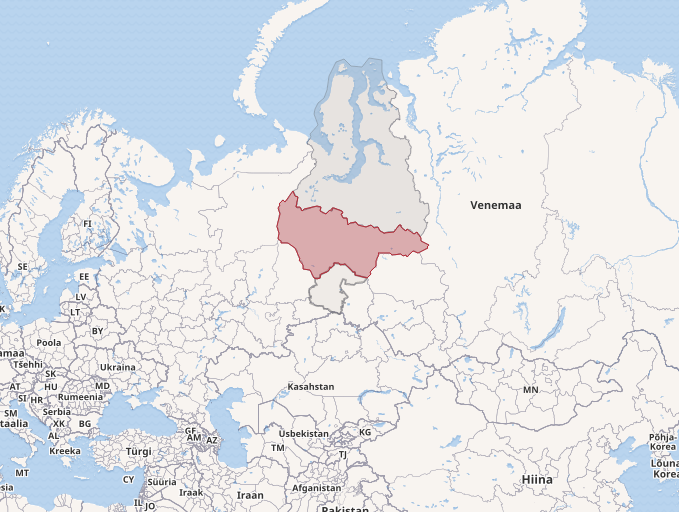

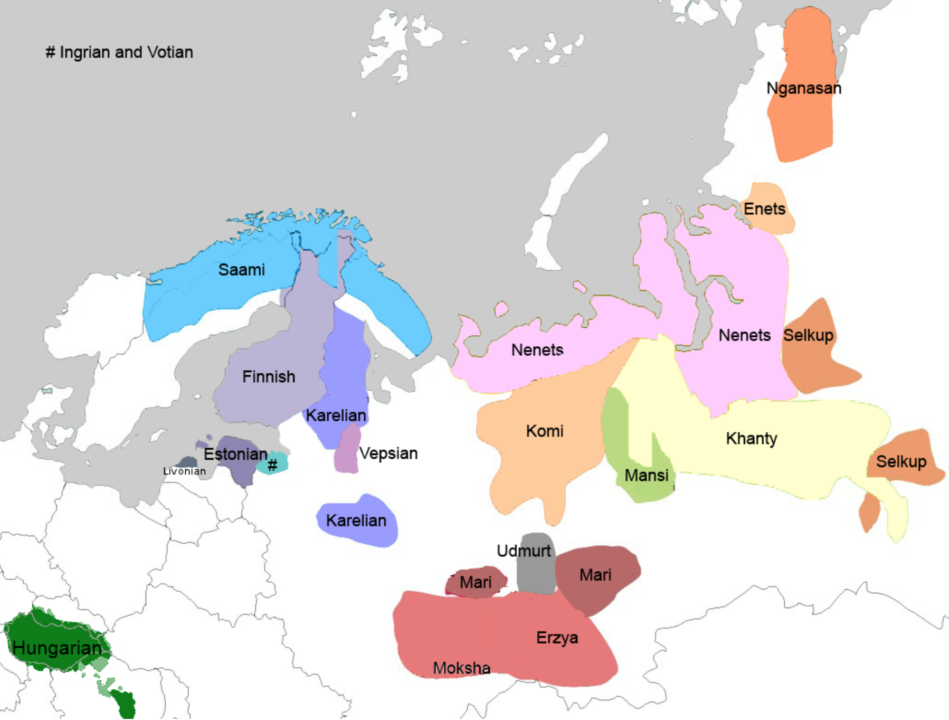
Population and territory
The Khanty population has slightly grown recently. According to Russia’s census of 2010, there were 30,943 Khanty, while in 2002 their population was 29,000 – an increase of 7.9%. The Khanty language was spoken in 2002 by 48% of self-identified Khanty, as compared to 31% in 2010 (9,584 persons).
The Khanty live mostly in the Khanty-Mansi and Yamal-Nenets Autonomous Regions that belong to the Tyumen Oblast of the Russian Federation. Geographically, this is the central part of the Ob river, located to the east of the Central Ural mountains. The capital of the Khanty-Mansi Autonomous Region is Khanty-Mansiysk.
Language
The Khanty language belongs to the Ugric group of Finno-Ugric languages, along with the Mansi and Hungarian languages. Within the Khanty language, Northern, Eastern and Southern dialects can be distinguished.
Culture and Customs
Holding of bear feasts is an ancient cultural custom of Northern peoples which spread most widely among the Khanty and Mansi of northwestern Asia. The killing of a bear – a sacred animal – had to be reconciled with by holding of a bear feast (bear’s wake). It has been thought that after the bear feast, the bones of the bear must be taken to a sacred natural site – this will give rise to a new bear.
In the 1930s, the tradition of bear feasts along with the Khanty religion – Shamanism – were banned. Shamanism combines the cult of ancestors and totem animals with the reconciliation of gods and spirits. The supreme god in the Khanty religion is Num Turym, who is thought to originate from the Earth’s island that is situated in the middle of Lake Numty in the upstream of the Torym-Yagun river. This has been the sacred site of the Khanty until the 1990s when oil industry arrived in these lands.
Further references
Read the Article from The Red Book of the Peoples of the Russian Empire

